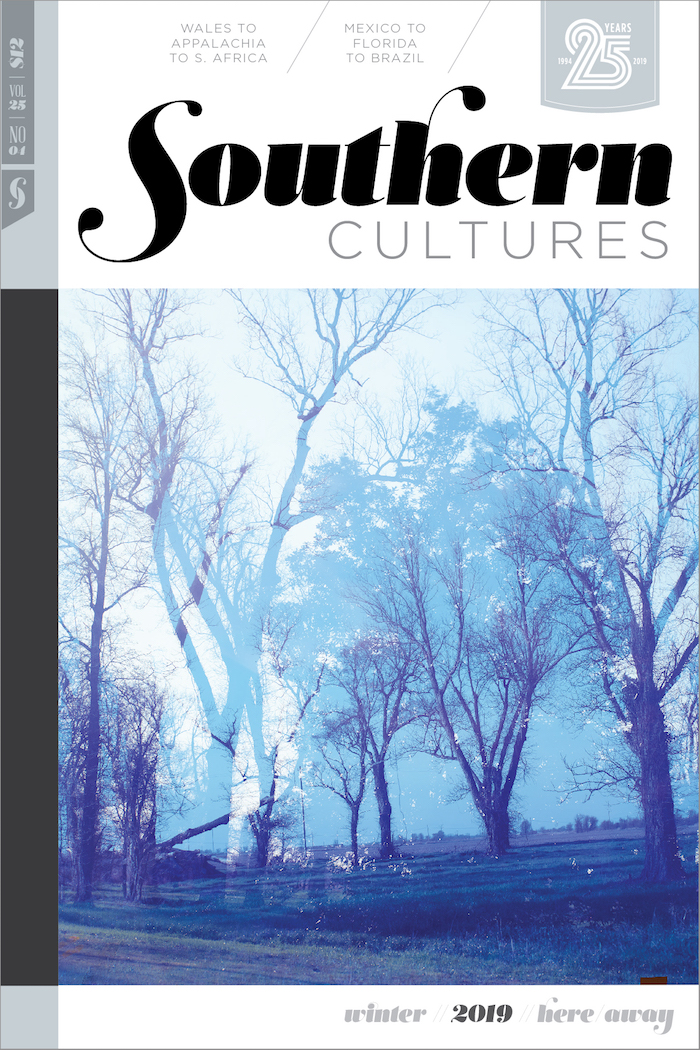“Appalachia and Wales share many folk tales and traditions, such as those of the granny women. These sisters made tinctures and potions and had remedies for every kind of ailment, though not of the hubble-bubble kind.”
In May 2019, a group of illustrators, filmmakers, photographers, book artists, and folk artists from West Wales exhibited their work at the Monongalia Arts Center in Morgantown, West Virginia. The exhibition of visual storytelling followed the route of the Welsh migrations to America that began over three hundred years before, from Aberaeron and Liverpool to Baltimore and Boston, over the Alleghenies to Pittsburgh and down the Monongahela River into Appalachia. The first Welsh settlers were preachers from Pennsylvania, followed by miners and agricultural workers who had lost land and hope back home. They took this new land for their own, encountered Native and enslaved people, mixed the Welsh language with Tsalagi, and granny women learned the arts of Cherokee medicine.
Visual storytelling is the art of telling a complex tale through a sequence of interconnected images and words as if it were a memory or dream rather than a linear narrative. As a storyteller, folklorist, illustrator, and filmmaker, I created this narrative from multiple artists’ work, including my own. The story is based on my book The Moon-Eyed People (History Press, 2019), stories of the Welsh in America seen through the eyes of many cultures. It also draws from the Curers, Charms, and Curses exhibition of Welsh folk art at the Monongalia Arts Center in May 2019 and the granny women of Wales and Appalachia.


